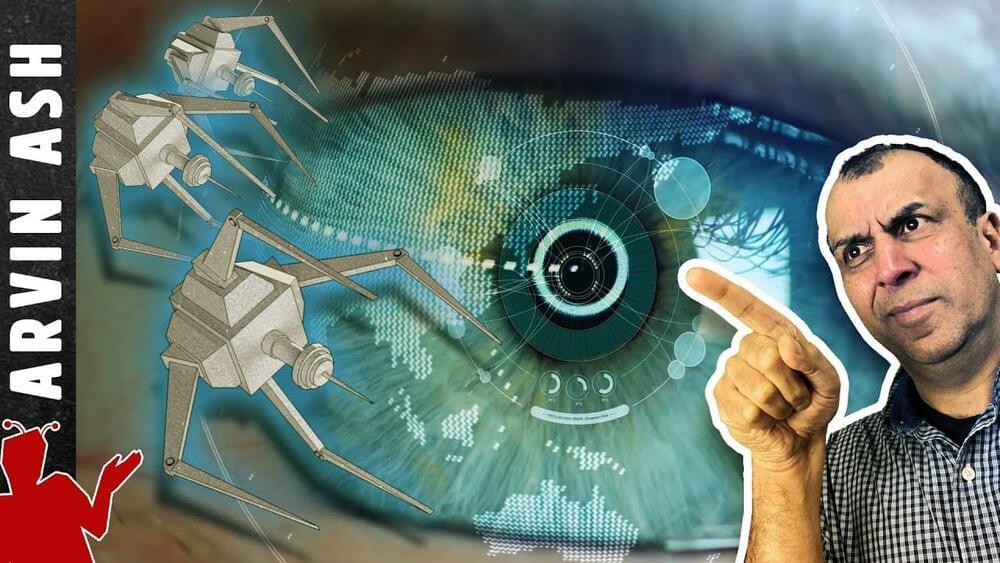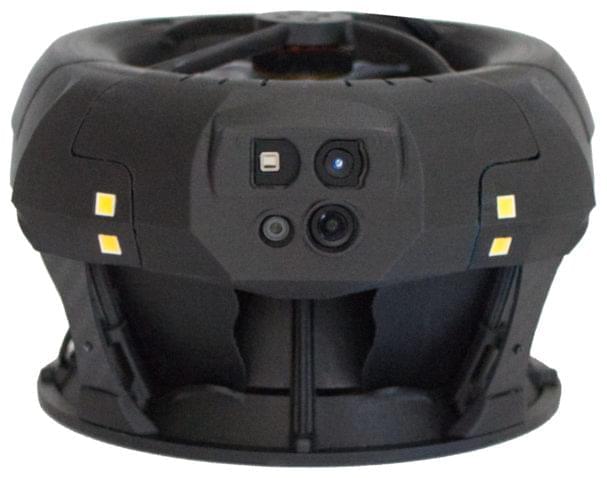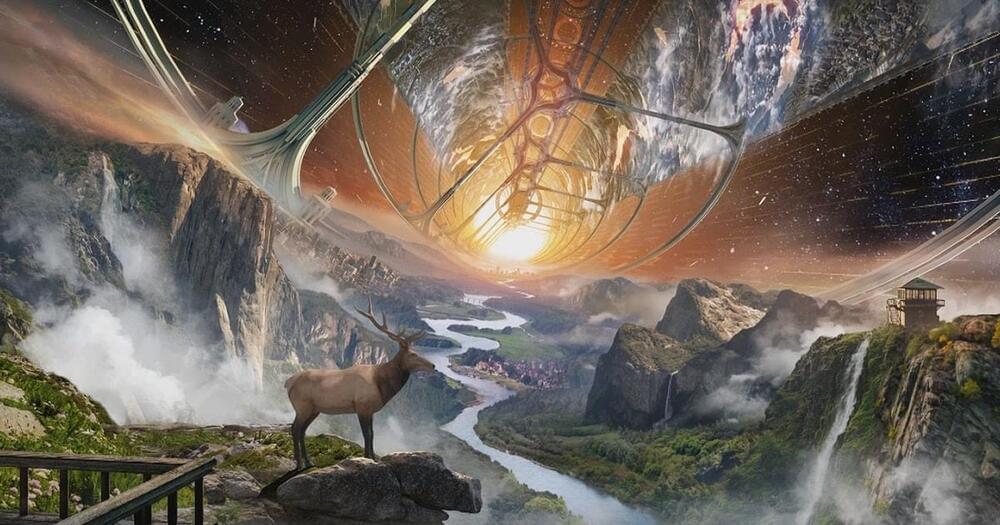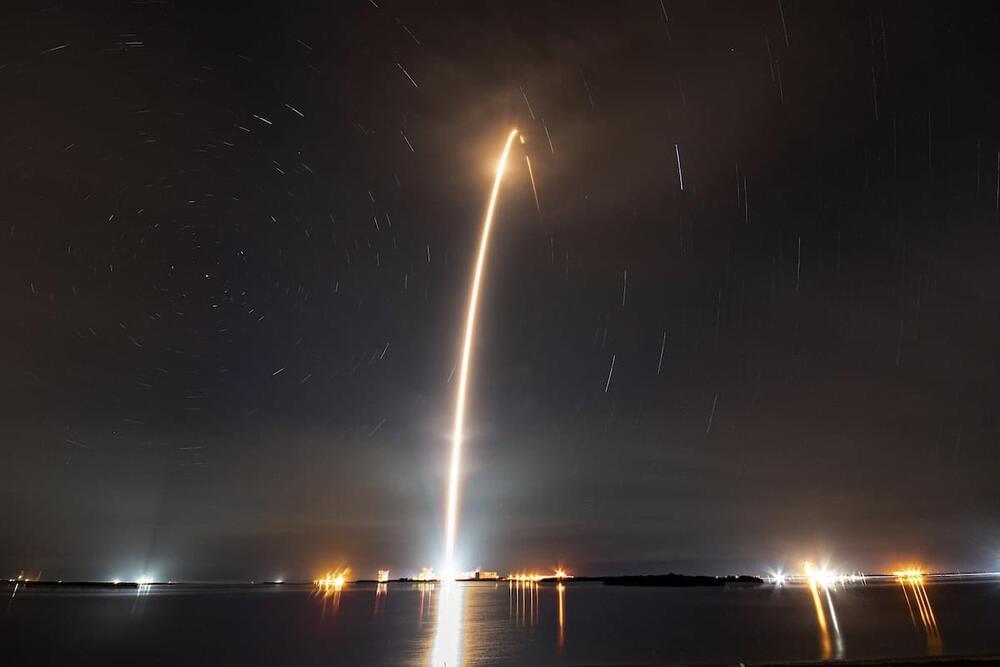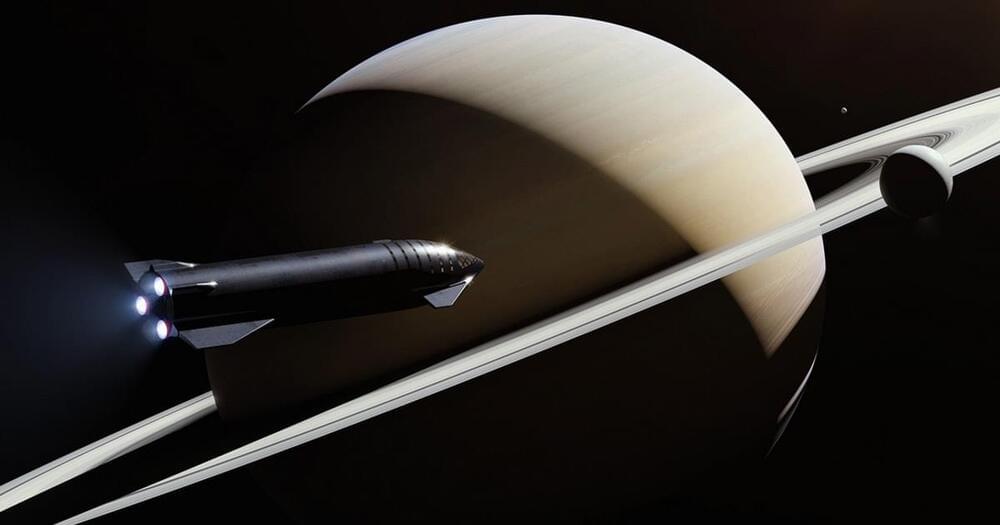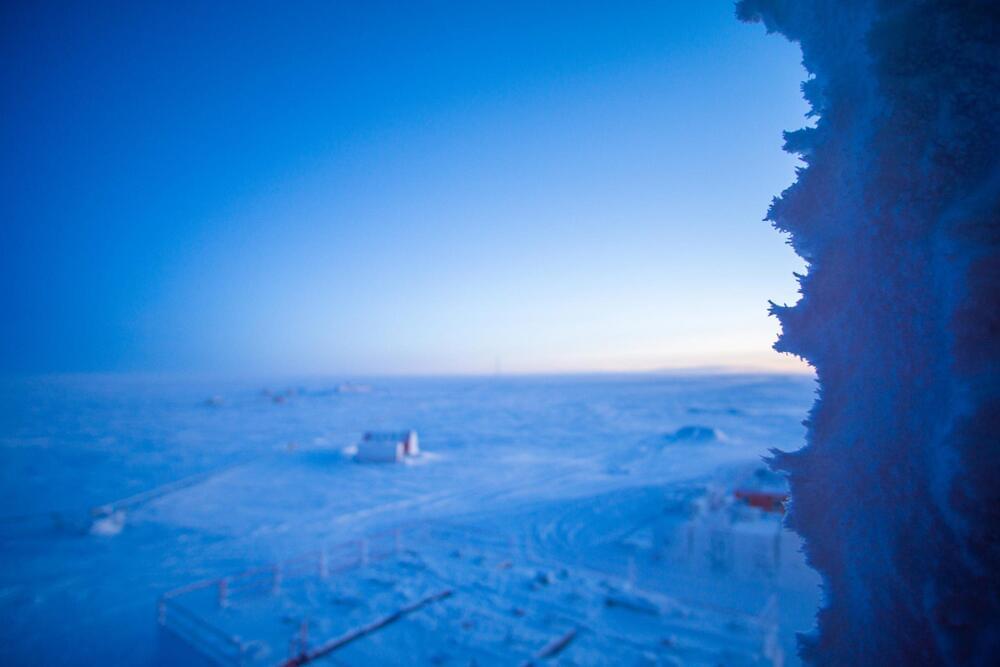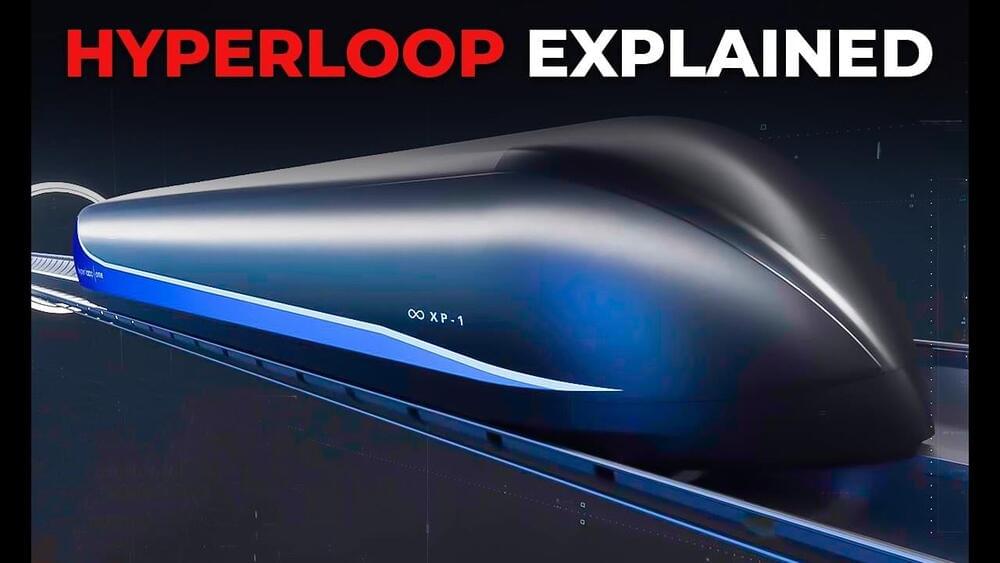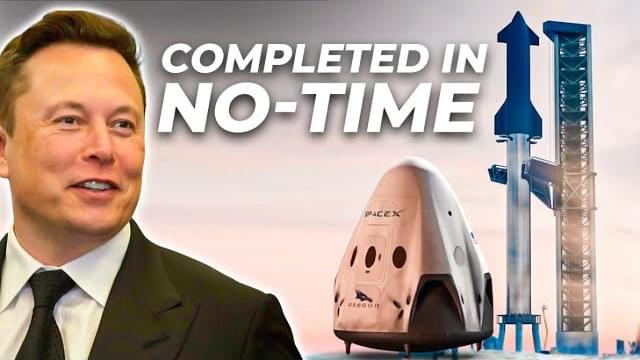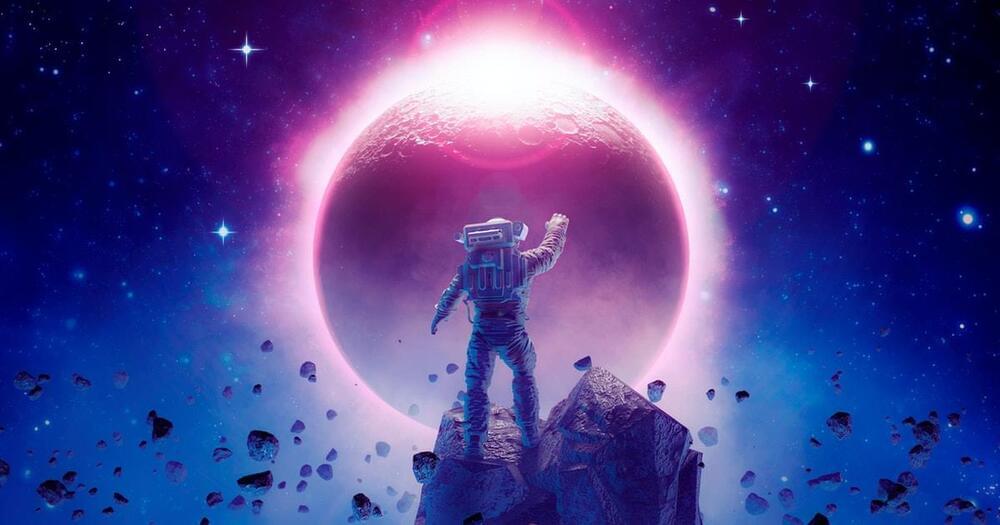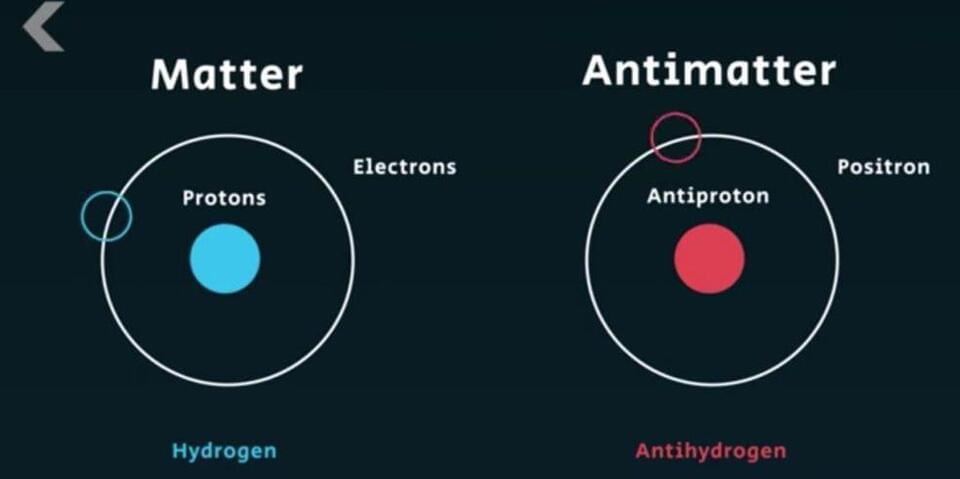Dec 1, 2021
10 Future Predictions to Blow Your Mind from World’s Best Futurists
Posted by Dan Breeden in categories: entertainment, space travel
Future predictions in 2019 are notoriously hard to make. What will life be like in 2050? Technology does not progress in a steady state, it accelerates.
And usually the technology advances faster than we can imagine it, let alone predict it. But still many predictions that were made in the past have turned out to be true, even though they were unimaginable at the time that the prediction was made.
In 1,865, Jules Verne, the author who wrote 20,000 leagues under the sea, and journey to the center of the earth, predicted that we would send people to the moon, and it would precisely 3 people, from of all places, Florida. And he even described weightlessness in space. He had no way to know 150 year ago how gravity would behave in space.
Continue reading “10 Future Predictions to Blow Your Mind from World’s Best Futurists” »
